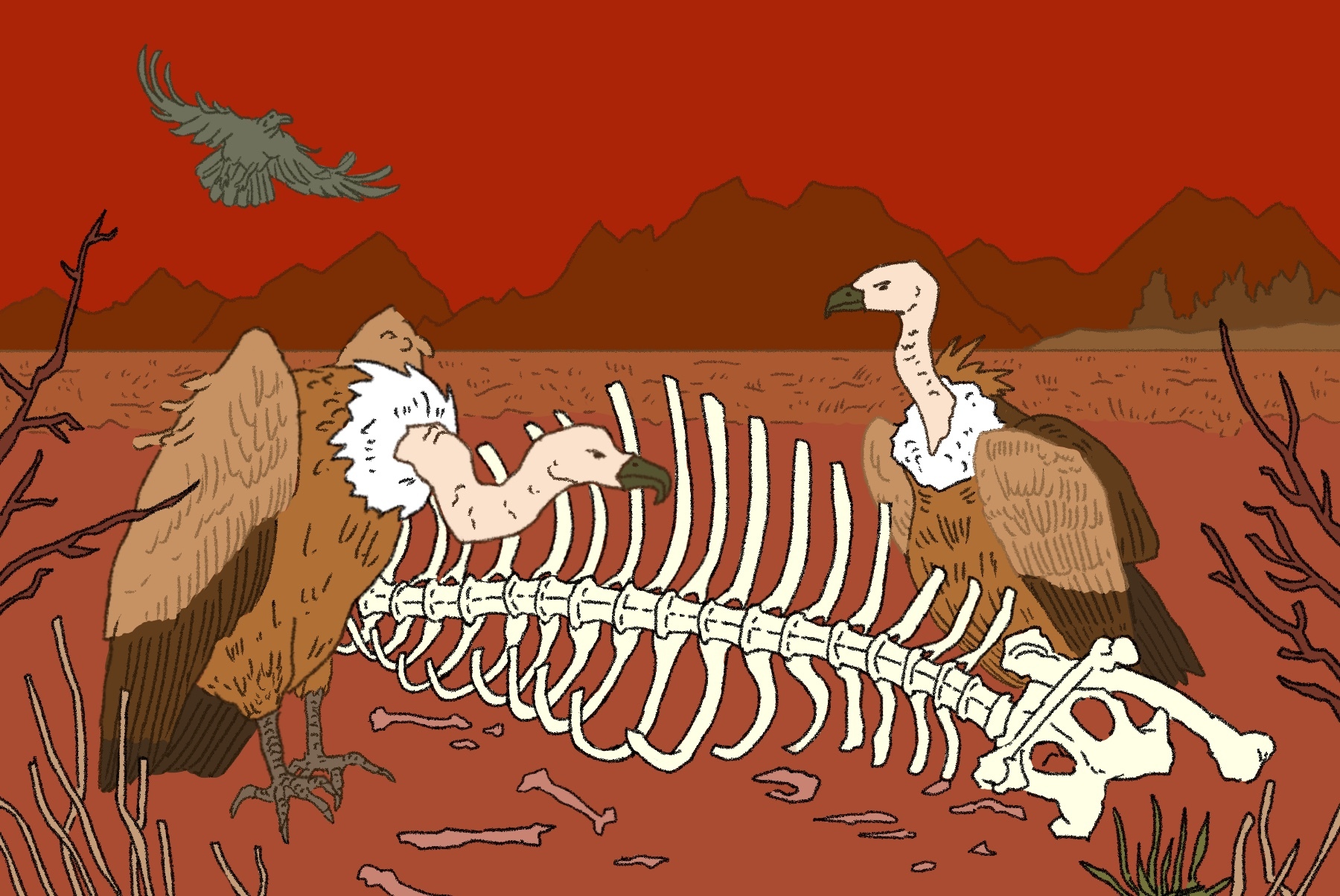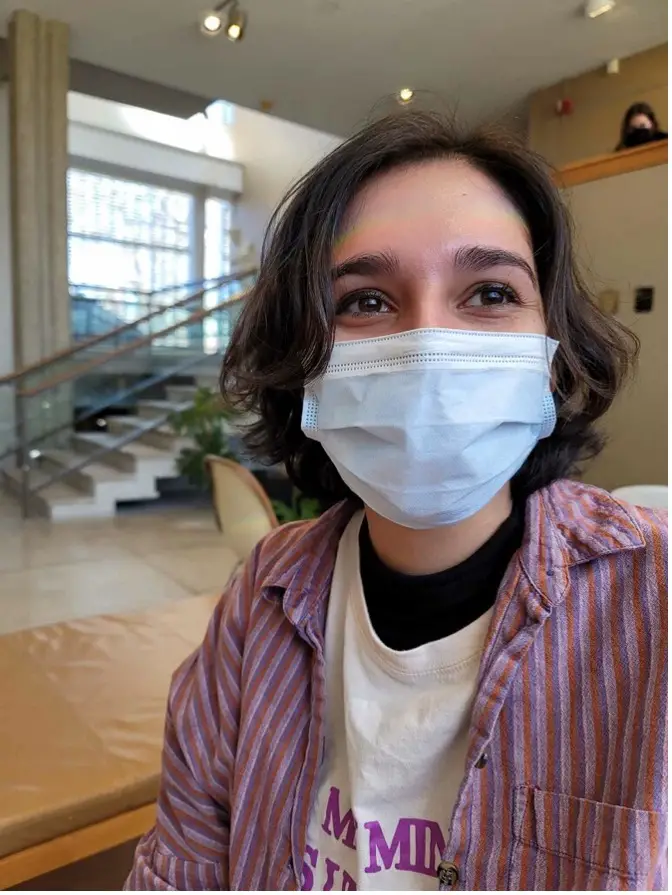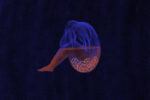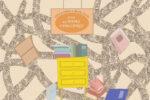On the cover of “Lapvona,” Ottessa Moshfegh’s most recent novel, a lamb (either dead or alive) lies with its feet tied against a black background, with the faint hints of a halo floating above its head. This eerie image, religious in nature, prepares you well for what’s to come. Not only do lambs play a sizable role in the plot, both metaphorically and literally, but they also have long been associated with Christianity. And while “Lapvona” is certainly not a Christian novel, it is completely, obsessively concerned with Christianity, God and the boundaries of faith — a new thematic focus for Moshfegh.
The novel maintains her soft spot for repugnant characters suffering from acute misery and is largely character-driven, but the content itself couldn’t be more different from her other novels. It’s always good for writers to push themselves out of their comfort zone, and that’s clearly what Moshfegh set out to do in “Lapvona.” The result is a solid, engaging novel, but not quite a perfect one.
“Lapvona” is set in a fictional medieval fiefdom named Lapvona, a village in which civilization is hanging on by a thread. It follows several characters and their twisted relationships with each other, the main character being Marek, a 13-year-old deformed boy who is simultaneously the most faithful and self-pitying figure in the novel. Other than Marek, the crucial players are Villiam, the gluttonous lord of Lapvona; Jude, Marek’s emotionally confused, self-flagellating father; and Ina, the wetnurse of Lapvona with a strange past and semi-supernatural abilities. A critical accident occurring at the beginning of the story brings each of these people into a web of violence and desperation that leaves no one unscathed.
With her memorable cast of characters, Moshfegh studies how pity and misery are conceptualized in Christianity. Each character believes they have the worst lot in life, only ever thinking about their own unhappiness and how God loves them for their suffering. They are simultaneously obsessed with faith and with themselves, to such a degree that you begin to wonder where the line between the self and God is drawn. The question becomes even more complicated considering that none of the Christian characters in the novel seem to have a clear picture of who God or Jesus Christ is. To them, God is like an invisible eye in the sky, watching their every move and silently urging them to carry on. The idea of good deeds is entirely absent from their conception of Christianity: In their minds, God only cares about them, because they only care about themselves.
Through her characters’ obsessions with God and reaching Heaven, Moshfegh skillfully deconstructs the political juggernaut behind a Christian’s relationship with God. She manages to discuss this issue without ever harping on the church, instead completely focusing on the individual. Marek, the most devout character in the story, never thinks about church; he is only concerned with whether or not God loves him — and despite everything that happens by the end, he is still convinced that God does.
It’s this kind of delusional thinking, exhibited by each character in different forms, that allows us to grasp certain questions that have the power to change or at least clarify our perspectives. Is there a true definition of God, or is the concept too personal to be properly defined? If you don’t love your fellow human being, do you truly love God? How does hypocrisy fit into our modern conceptions of religion — if at all?
Beyond the philosophical musings of the novel, many have said that “Lapvona” is difficult to stomach due to some particularly gross scenes. If you’ve read Moshfegh’s other novels, this shouldn’t come as a surprise, nor should it ward you off from reading the book. As in “Eileen,” Moshfegh concentrates heavily on bodies and the bodily functions that are considered inappropriate to discuss: defecating, urinating, breastfeeding and masturbation, to name a few.
She describes her characters’ bodies intimately and with as much intensity as she does their personalities, knowing well that in the world we live in, both of these aspects of a human being determine one’s fate. Generally, these descriptions aren’t too disturbing, only obsessive. If you’ve come to expect especially disturbing content from Moshfegh, you might even be disappointed that she didn’t take the narrative to an even darker place. All the tropes of twisted storytelling are present, but there’s still a certain freshness lacking. Then again, maybe I’ve just watched too many horror movies.
One other similarity between “Lapvona” and “Eileen” is a problem with tension and catharsis. As in the latter novel, Moshfegh builds up the tension to such a degree that it becomes impossible to release it in any satisfying way. The reader is pulled along to expect a shocking, horrifying final sequence, an ending deserving of these monstrous characters, but instead, everything falls flat, and you’re left thinking: “Wait, that was the ending?” It’s possible that Moshfegh finishes her novels this way on purpose, as if to tell us that her characters shouldn’t have spectacularly bloody endings. They end pitifully and quietly, like almost everyone else.
While this is a respectable view, it doesn’t change the fact that her endings leave the reader somewhat disappointed. If a writer builds up expectations and doesn’t deliver on them, disappointment is only natural. Yet despite the mild frustration you might feel at the end of the novel, it’s undeniable that the story of “Lapvona” is unlike anything we’re seeing on our shelves today, even if some of its elements are reminiscent of Moshfegh’s earlier works.
In their reviews of “Lapvona,” many critics have focused their attention on the atmosphere within the novel, emphasizing the hot-blooded animalism that courses through every scene. Rob Doyle, in a review for The Guardian, has written that Moshfegh’s most significant success in “Lapvona” is in “depicting in blood-red vitality, without morals or judgment, the human animal in its native chaos.” After reading the book, it’s hard to disagree. But it seems that critics have turned a blind eye to the fact that “Lapvona” is perhaps Moshfegh’s most thought-provoking novel yet.
Even with certain flaws, “Lapvona” is a worthwhile read simply because its author is able to evoke questions that need to be asked. Sure, you may feel nauseated and confused after finishing it. But there’s no doubt that you’ll come away from the story with an urge to reflect on some of our most powerful institutions and your place within them — and this, after all, is one of the most important things a novel can do.

















